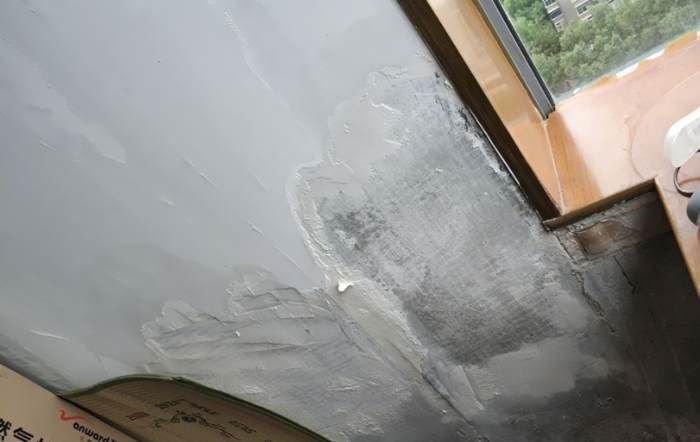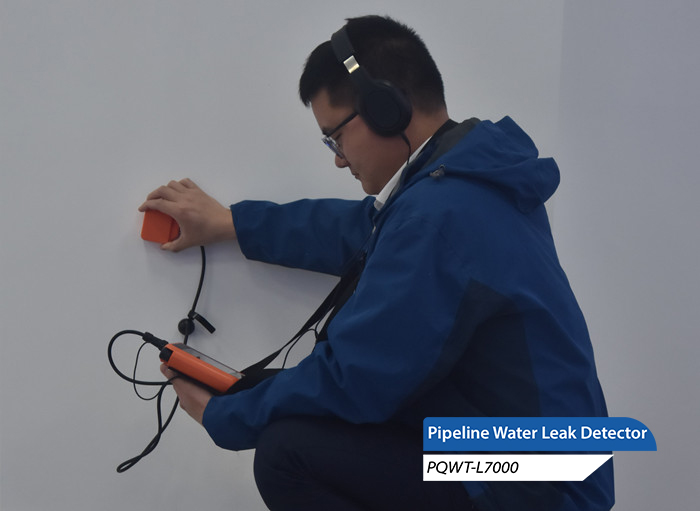The external wall of the building as the building's "coat", its integrity is directly related to the safety and service life of the building. However, due to a variety of reasons such as natural factors, construction quality or material aging, water leakage of external walls occurs from time to time. In order to find and solve this problem in time and ensure the safety and stability of the building, it is necessary for us to master some common external wall leakage detection methods. These practical detection methods are described in detail below to help readers better maintain and manage their buildings.

1. Visual Detection
Visual inspection is one of the most basic inspection methods. By observing the exterior walls of a building with the naked eye, the walls are inspected for cracks, blisters, discoloration, and other problems. Signs such as cracks, discoloration, etc. may indicate the presence of water seepage problems on the exterior walls.
2. Acoustic Inspection

Acoustic detection utilizes pipeline leak detector to find out the leakage point. The working principle is that when the pressure water rushes out from the broken mouth of the pipeline after the leakage of the pressure water pipe, the sound vibration generated by the friction with the pipe wall and other additional vibration caused by it will be transmitted to the pipeline above the ground surface, and the pipeline leak detector will be used to detect the leakage on the road surface, so that the leakage point can be found out.
3. Hydraulic test
Hydrostatic test is a commonly used leakage detection method to detect whether water is seeping through the external wall. By injecting a certain pressure of water into the wall, observe whether there is water leakage.
4. Smoke test
Smoke test is an accurate method to detect water leakage in external walls by releasing smoke. The smoke penetrates the wall and is released onto the surface of the wall to locate leaks.
5. Infrared Camera Inspection
Infrared camera testing uses an infrared camera to detect leaks in external walls by photographing the wall and analyzing the image to determine if the wall is leaking.
6. Radiation Detection
Ray detection using rays to detect leaks in external walls, applicable to high-rise buildings, through the ray to observe the internal structure of the wall to determine whether there is a water leak.
The above are common external wall leakage detection methods. In practical application, combined with the specific conditions to choose the appropriate detection method to early detection of water leakage problems. At the same time, regular maintenance and testing of building walls is also very important to ensure that the building walls are in good condition, to extend the service life of the building.








